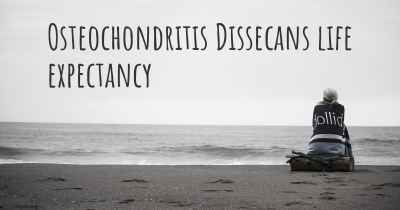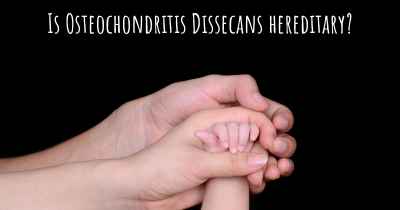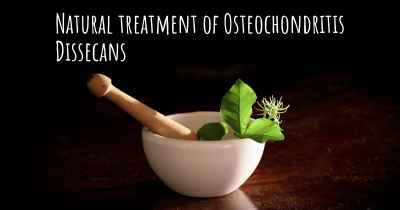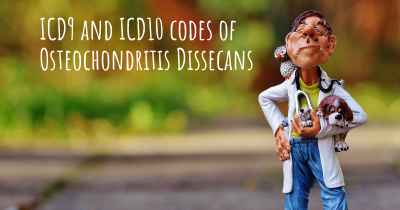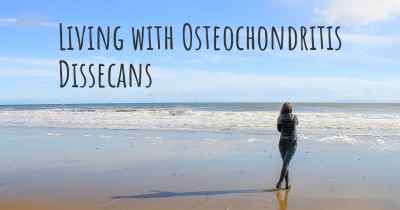Which are the causes of Osteochondritis Dissecans?
See some of the causes of Osteochondritis Dissecans according to people who have experience in Osteochondritis Dissecans
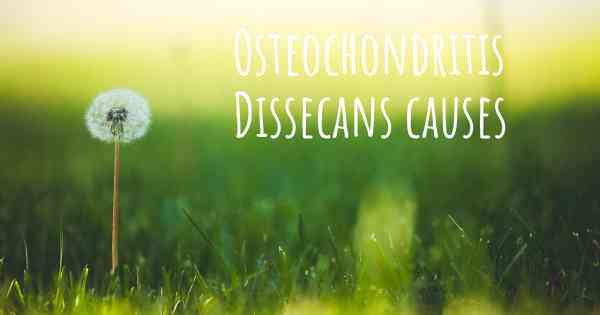
Osteochondritis Dissecans (OCD) is a condition that affects the joints, particularly the knee, ankle, and elbow. It occurs when a small piece of bone and cartilage separates from the joint surface, leading to pain, swelling, and limited joint movement. The exact cause of OCD is not fully understood, but several factors have been identified as potential contributors to the development of this condition.
1. Trauma and Repetitive Stress
Trauma and repetitive stress are considered significant causes of OCD. Injuries that involve a direct blow to the joint or repetitive activities that put excessive stress on the joint can lead to the development of OCD. Athletes who participate in high-impact sports, such as football, basketball, gymnastics, and soccer, are particularly susceptible to this condition. The repetitive stress and trauma can disrupt the blood supply to the affected area, leading to the separation of bone and cartilage.
2. Genetic Factors
Genetic factors are believed to play a role in the development of OCD. Studies have shown that individuals with a family history of OCD are more likely to develop the condition themselves. Certain genetic variations may affect the structure and strength of the cartilage, making it more susceptible to damage and separation. However, more research is needed to fully understand the genetic mechanisms involved.
3. Blood Supply Issues
Blood supply issues can contribute to the development of OCD. The joints rely on a healthy blood supply to provide oxygen and nutrients to the bone and cartilage. If the blood supply to a specific area of the joint is compromised, it can lead to the death of bone tissue and subsequent separation of the cartilage. Conditions such as ischemia, where blood flow is restricted, or vascular abnormalities can increase the risk of developing OCD.
4. Hormonal Imbalances
Hormonal imbalances may also be a contributing factor to the development of OCD. Hormones play a crucial role in bone growth and development. Imbalances in hormone levels, particularly during adolescence when growth plates are still open, can affect the normal development and healing of the joint. This can increase the risk of OCD formation.
5. Joint Instability
Joint instability is another potential cause of OCD. When a joint is unstable, it can lead to abnormal forces being exerted on the bone and cartilage. Over time, this can result in the separation of the cartilage from the underlying bone. Conditions such as ligamentous laxity, where the ligaments that support the joint are loose or weak, can contribute to joint instability and increase the risk of OCD.
6. Other Factors
While the exact cause of OCD remains unclear, several other factors have been suggested to contribute to its development:
- Joint Congenital Abnormalities: Certain structural abnormalities present at birth can predispose individuals to OCD.
- Metabolic Disorders: Conditions like diabetes and certain metabolic disorders can affect the health of the bone and cartilage, increasing the risk of OCD.
- Joint Infections: Infections that affect the joint can damage the bone and cartilage, potentially leading to OCD.
- Poor Nutrition: Inadequate intake of essential nutrients, such as vitamins and minerals, can impair the health and healing of the joint.
- Overuse: Engaging in repetitive activities or sports without proper rest and recovery can increase the risk of OCD.
It is important to note that while these factors are associated with the development of OCD, not everyone with these risk factors will develop the condition. The interplay of multiple factors and individual susceptibility likely contributes to the onset of OCD.
